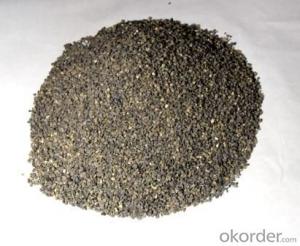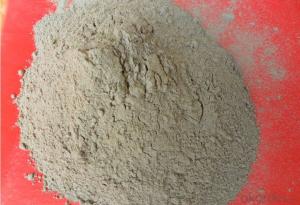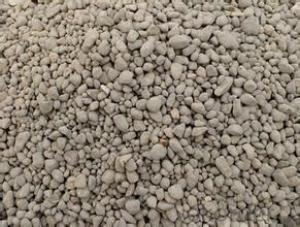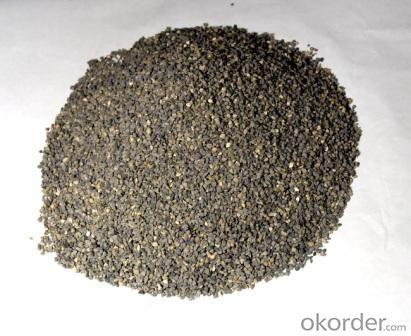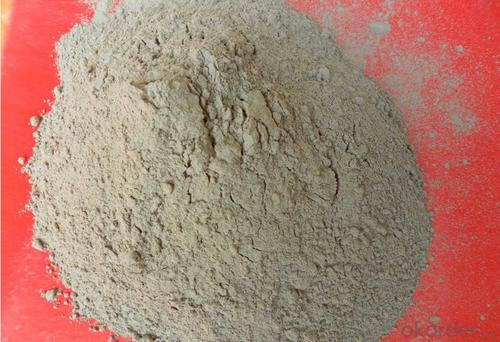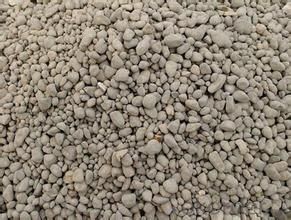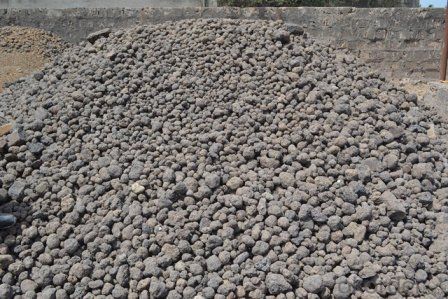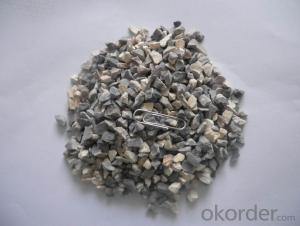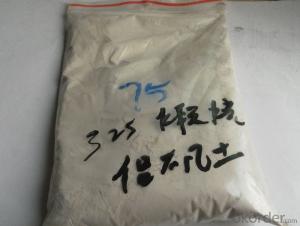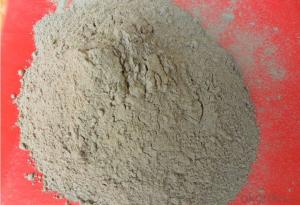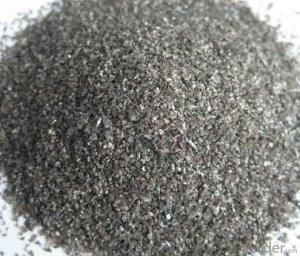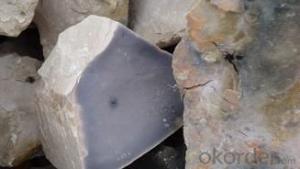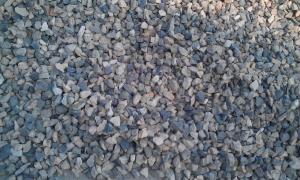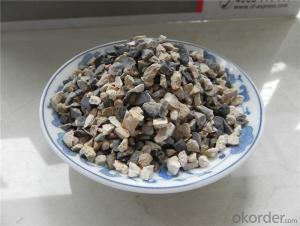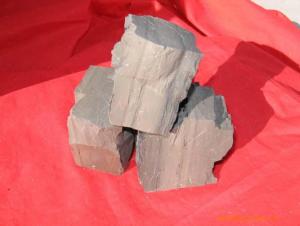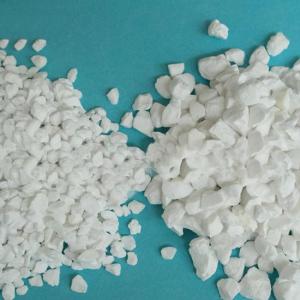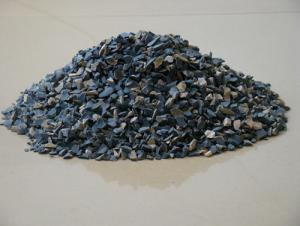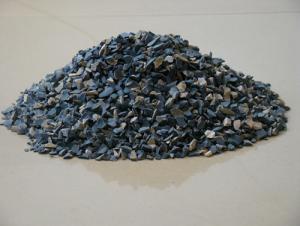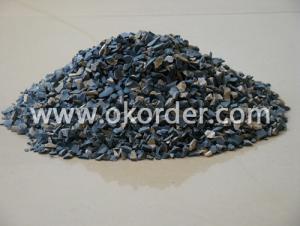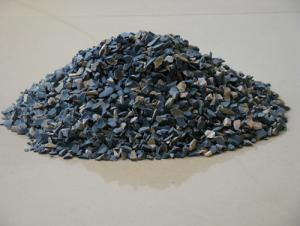Raw Materials for Refractory:Low Impurity High Alumina Calcined Bauxite in Bulk
- Loading Port:
- Tianjin
- Payment Terms:
- TT OR LC
- Min Order Qty:
- 25 m.t.
- Supply Capability:
- 30000 m.t./month
OKorder Service Pledge
OKorder Financial Service
You Might Also Like
Low Impurity High alumina calcined bauxite in bulk
Specifications
1,Manufacturer-Direct sale
2,Good fireproof insulation
3,High bulk density
Our Advantages;
1. We have substantial experience for material manufacture and export.
2. We establish a long-term relation of cooperation with raw material supplier, so we can offer you the best quality and price.
3. We have equipped 8 production lines and skilled workers to make the quality best.
4. We can control strictly quality at factory and third party testing institutions quality inspection.
5. We can also offer you the related test report, both at factory and the third party testing institutions.
6. We have sufficient manufacturing capability to deliver the goods safely and timely.
7. We can pack in 25kg bags, 1mt big bags, 1.25mt big bags or as your request. We can also pack with pallet.
8. We have professional service team keep customers informed from delivery to discharge.
Product Description:
High grade calcined bauxite used for raw material of kinds of refractory products and monolithic series.
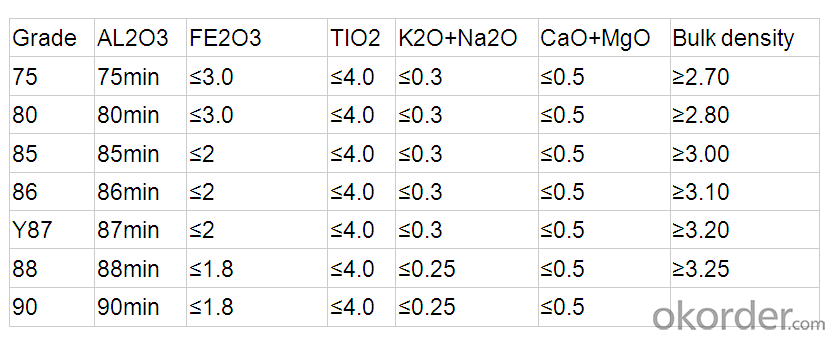
Usage
Calcined Bauxite used in
1.aluminium metallurgy,
2 refractory material,
3 precision casting,
4 aluminate cement
Packaging & Delivery
Packaging Details: In bulk or in 1-1.25mr bag
Product Pictures:
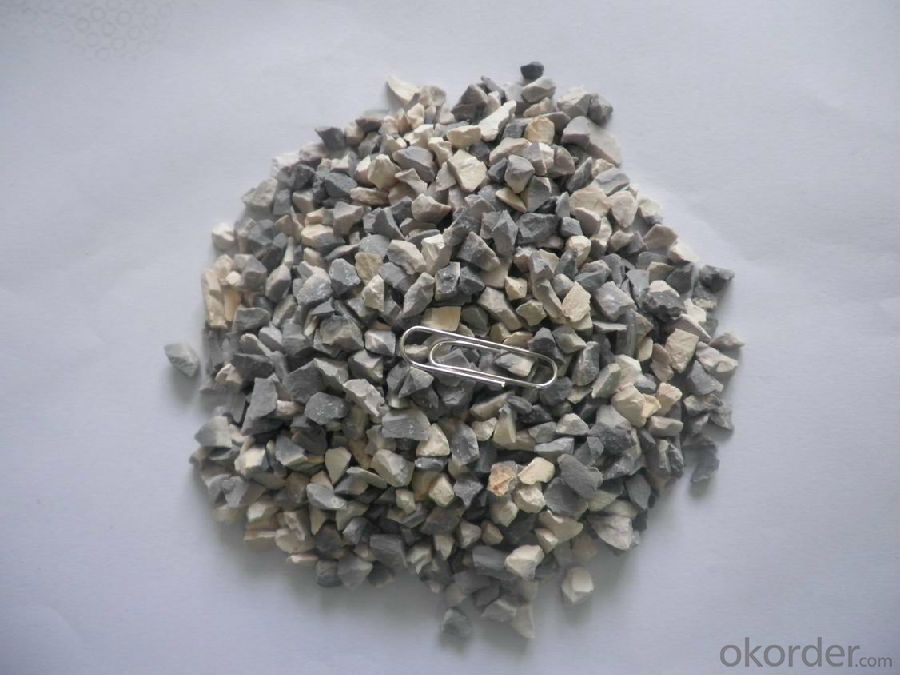
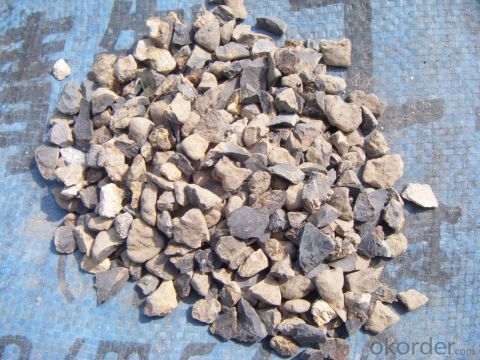
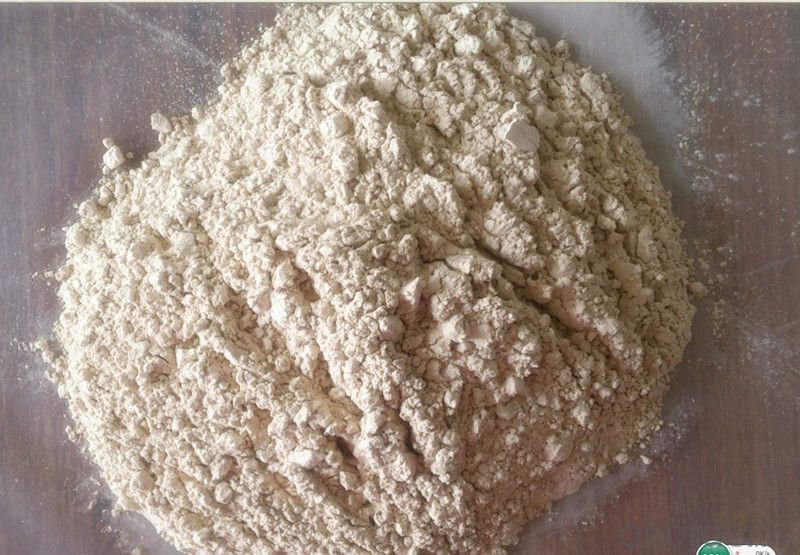
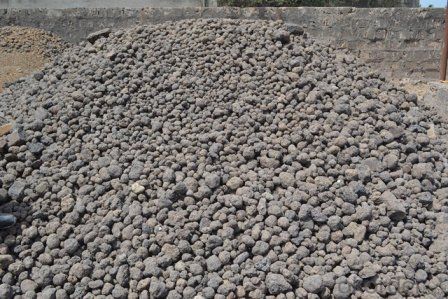
If you’ve kind enquiries, please don’t hesitate to let us know. ^_^
- Q: How many kinds of refractory materials are there in the EI?
- I suggest that you contribute articles to foreign SCI journals for the odds are better, and generally the articles that fill the bill will not be rejected. The traditional refractory materials can contribute to EI journal. If being rejected by EI journal, you can also contribute to Russia's journal Industrial Ceramics and Refractories. I didn't contribute to the Journal of Wuhan University of Science and Technology, the receiving cycle is almost 3 to 4 months. Though the impact factor is low, domestic EI journal is not so good, it is still SCI journal. This is my own experience, please take my advice. The best journals are the Journal of the American Ceramic Society and the Journal of the European Ceramic Society, I heard that they are not bad. But the best domestic EI refractory material journal is the Journal of The Chinese Ceramic Society. It is very long, but if it belongs to your university, it is another pair of shoes. Journals now all want to have materials about functional ceramics, and they don't want Chinese articles, if your English is not well enough, you can choose Ceramics International and Japan Ceramics but they have strict manuscripts reviewing standards.
- Q: Are fire materials poisonous after burning?
- Refractories burning after the smell of toxic, gases are generally silica, alumina, sulfur oxides and so onRefractory material is not less than 1580 degrees of refractoriness, better thermal shock resistance and chemical erosion, low thermal conductivity and low expansion coefficient of non-metallic materials. Acid refractory with silicon oxide as the main component, are commonly used in brick and clay brick. Silica is silica containing more than 94% silica products, raw materials used in silica, silica and other waste, the acid resistance of slag erosion ability, high load softening temperature, volume shrinkage after repeated burning, or even a slight expansion; but it is vulnerable to the erosion of basic slag, thermal shock resistance is poor. The brick is mainly used for thermal equipment of glass furnace, coke oven, acid furnace etc.. Clay brick with refractory clay as the main raw material, containing 30% to 46% of alumina, weak acid refractory material, refractory material, good heat shock resistance, resistance to acid slag, widely used.
- Q: What are the applications of refractory?
- Refractory usually refers to the inorganic non-metallic material, whose refractoriness is above 1580℃. And it can be used for necessary parts. You can search more information on the Internet. It can be used in ferrous metal metallurgy, chemical, ceramics and so on. Fire material generally refers to above 1580 ℃ refractoriness of inorganic material, where the material can be used in corrosion, the network is very strong look, we know that colored when the metallurgical, chemical-resistant ceramics, etc. of industrial production high temperature. Different things are needed in different industries.
- Q: About the market issues of thermal insulation material and refractory material.
- In fact, the thermal insulation material produced by the Sichuan-Benniao Hing construction company is very good, you can get the company's information just by inputing the Sichuan-Benniao Hing construction company into Baidu
- Q: What's the poured refractory material?
- Frequently used poured refractory material: AZS brick, corundum brick, direct-bonded?magnesia-chrome?bricks, carborundum brick, silicon nitride bonded silicon carbide brick, nonoxide refractories like nitride, silicide, sulfide, boride and carbide, and oxide refractories like calcium oxide, chromium hemitrioxide, alumina, magnesium oxide and beryllia.
- Q: I would like to know if there is any requirement for refractories in the crucible type high-frequency smelting furnace Worry! I hope you can help me! This time!
- Good thermal stability, the crucible wall hour working temperature fluctuation is great, and the temperature field distribution is uneven, so the crucible wall will continue to produce volume expansion and contraction, resulting in cracks, which directly affect the service life of the crucible
- Q: What are the types of advanced refractory?
- According to the chemical composition of minerals,refractory can be divided into eight categories: 1, siliceous material. 2, aluminosilicate materials. 3, magnesia materials. 4, dolomite materials. 5, chromium materials. 6, the carbonaceous material. 7, zirconium materials. 8, special refractories. 1. refractories according to chemical properties can be divided into three categories: 1, acidic refractory materials. 2, neutral refractories. 3, basic refractories. 1. refractories according to chemical properties can be divided into three categories: 1, ordinary refractories, refractoriness is 1580-1770 degrees. 2, advanced refractories refractoriness is 1770-2000 degrees. 3, super refractories refractoriness higher than 2000 degrees. 3. refractory according to the forming process can be classified into seven categories: 1, natural rock molding process. 2, compression moulding refractories. 3, moulding refractories by casting. 4, plastic molding refractories. 5, ramming molding refractories. 6, injection molding refractories. 7, extrusion molding refractories.
- Q: Does anyone know fire-proof material of fireproof wooden door?
- Fireproof wooden door goes through the flame treatment, so it can prevent fire. Its principle: Fire-retardant treated timber has become flame retardant material itself and its fire endurance has increased. The commonly used method of fire retardant treatment for timber including: Spraying method, soaking method, boiling method, vacuum method, vacuum-pressure method. Spraying method and soaking method are generally used for timber surfaces which are no longer going through planing process, and thin plate fire retardant treatment, whose thickness is less than 10mm .
- Q: What's the commonly used refractory material for ladle?
- Commonly used types of refractory material for ladle are as follows: high-alumina brick, clay brick, magnesia-carbon brick, aluminum carbon brick, magnesia chrome brick, spinel brick, corundum brick, high alumina castables, aluminum silicon carbide carbon castables, refractory castables for ladles, magnesium castables, magnesia chrome spray coating, dry vibration materials, etc. Hope it's helpful for you!
- Q: What are the additives and recipes of refractory?
- You can try FDN.
Send your message to us
Raw Materials for Refractory:Low Impurity High Alumina Calcined Bauxite in Bulk
- Loading Port:
- Tianjin
- Payment Terms:
- TT OR LC
- Min Order Qty:
- 25 m.t.
- Supply Capability:
- 30000 m.t./month
OKorder Service Pledge
OKorder Financial Service
Similar products
Hot products
Hot Searches
Related keywords
